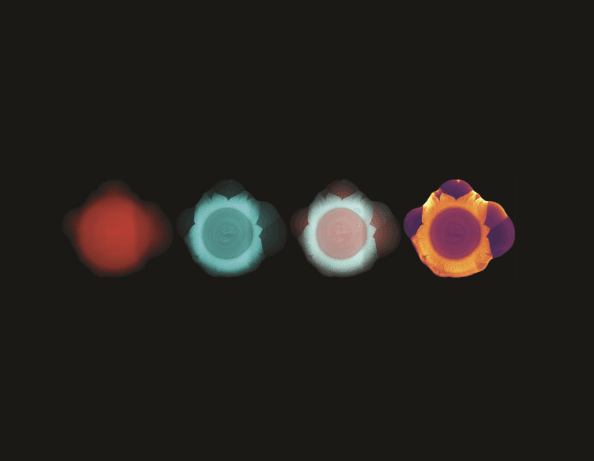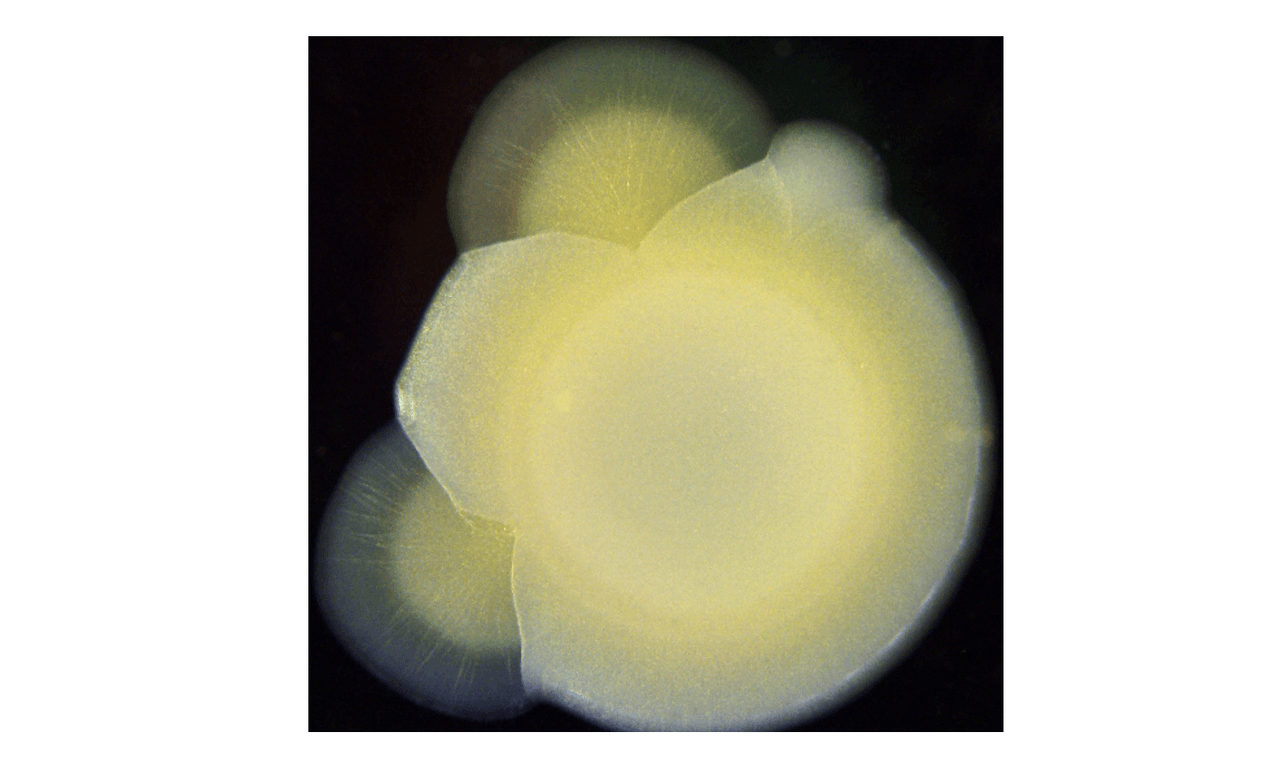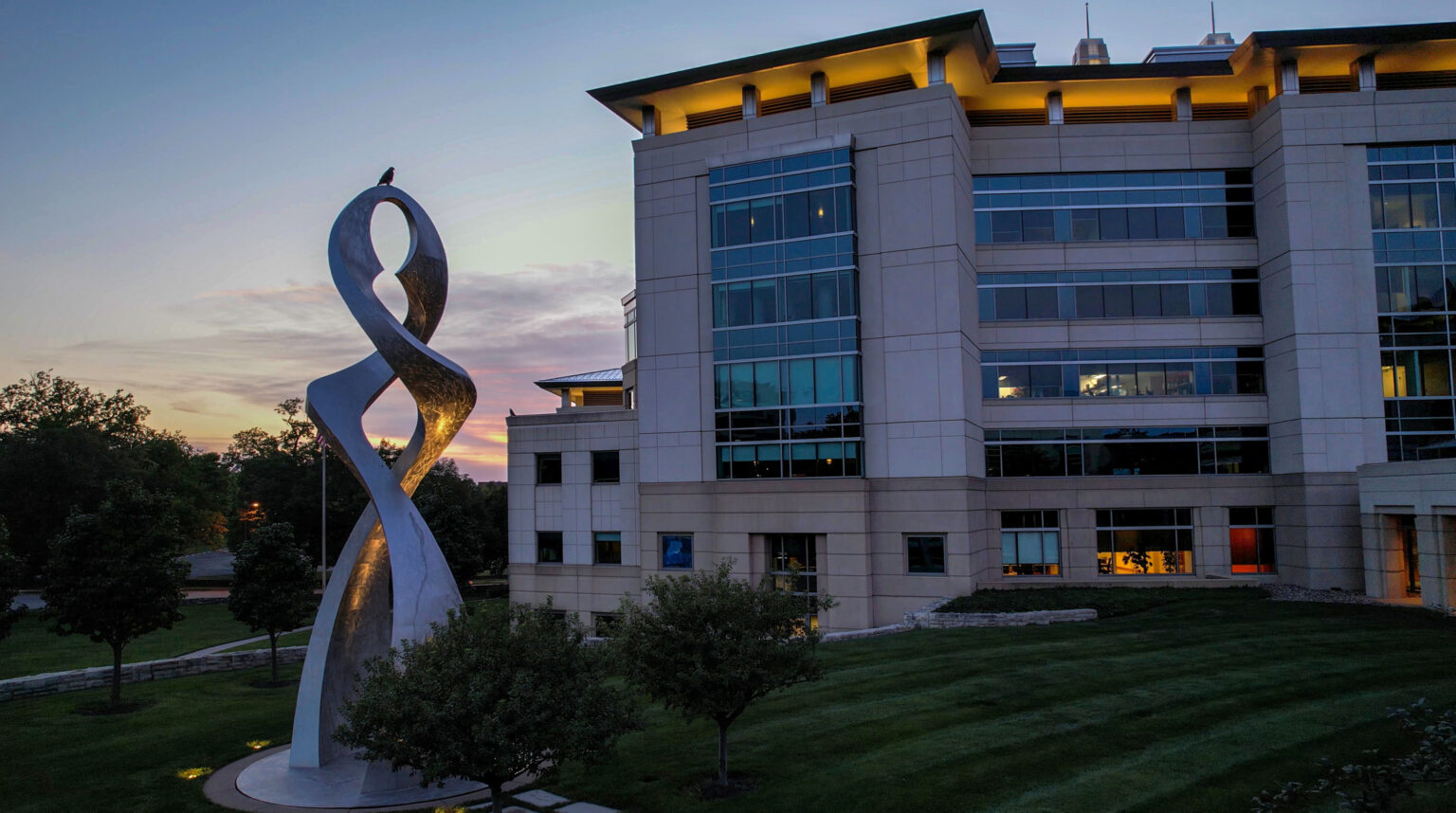Press Release

03 May 2023
New Investigators join Stowers Institute for Medical Research
Scientists recruited from MIT, NYU, and Princeton
Read Article
Our lab seeks to uncover the molecular underpinnings of bacterial collective behaviors, focusing on space- and time-distinctive cell death.
Jump to:
Publications
Research Summary
Genetics and Genomics, Molecular and Cell Biology, Microbiology, Bacterial Community Development, Bacterial collective behaviors
Bacteria
Bacteria are the amazing architects of life on Earth and impinge on all aspects of our lives. Their roles range from producing oxygen during the Great Oxidation Event and giving rise to our aerobic world, to influencing the course of human development and health. This influence on our bodies is seen through the beneficial role bacteria play in our microbiota, the body’s collection of microorganisms, and in their potential to also act as pathogens that cause infections. Key to bacteria accomplishing these feats is their capacity to assemble into multicellular communities. Yet, our insight into bacterial societies is surprisingly limited, informed by just a handful of model bacterial group traits. The Mashruwala lab seeks to uncover and study bacterial biology, distinct to their life while residing in collectives, and how these behaviors help bacteria shape the world around us and influence the course of human health.
Central to the lab’s focus is understanding the molecular underpinnings of regulated cell death (RCD) in bacteria — a wholly new bacterial group behavior that Mashruwala recently discovered as a postdoctoral researcher at Princeton University. Bacterial RCD occurs in “societies” formed by Vibrio cholerae, the human pathogen responsible for the cholera disease, and is carried out in precise spatial and temporal patterns that remarkably echo programmed cell death seen in multicellular organisms. By unraveling how bacteria orchestrate this evolutionarily ancient behavior, the Mashruwala Lab aims to reveal pivotal new biology in bacteria, leverage these findings to pioneer innovative therapeutics to curb bacterial infections, and find clues to help us better understand cell death in humans.
The lab applies an interdisciplinary strategy towards solving our research questions. We combine state-of-the-art imaging technologies and genetic perturbations, along with molecular techniques, phenotypic analyses, and automation. This approach fosters discoveries in bacterial biology, and helps us solve underlying molecular mechanisms. The Mashruawala group seeks to be bound by nothing but our creativity, driving us to engineer new approaches and technologies as needed to answer our most pressing research questions.
Principal Investigator
Assistant Investigator
Stowers Institute for Medical Research
Ameya Mashruwala, Ph.D., is a bacterial biologist and geneticist who joined the Stowers Institute in January 2024 as an Assistant Investigator. Mashruwala’s research involves understanding the development and function of bacterial communities.

Ameya Mashruwala, Ph.D., is a bacterial biologist and geneticist who joined the Stowers Institute in January 2024 as an Assistant Investigator. Mashruwala’s research involves understanding the development and function of bacterial communities.
We embrace a philosophy that intertwines the thrill of discovery with a commitment to excellent science that is both rigorous and done in a safe manner. We believe in the power of curiosity to act as our compass, propelling us forward and driving our scientific endeavors. We view science as an adventure – a journey where it is just as important to learn from what does not work, as it is to celebrate success. Above all, our lab is a space where we have fun and stay safe. We believe that the best scientific achievements come from a team that not only loves what they do but that also upholds high standards of integrity and safety. By always striving to balance fun and rigor in our science, our lab seeks to be a place that is nurturing and that fosters creativity, collaboration, and outstanding scientific contributions.
V. cholerae colony undergoing regulated cell death. Brightest areas indicate the highest cell death.
In the Mashruwala Lab, the bacteria responsible for causing the cholera disease, Vibrio cholerae, is at the forefront of our research. This choice is driven by a rare blend of attributes that make V. cholerae an ideal research organism. Specifically, V. cholerae boasts a simple genome, grows rapidly, and performs natural transformation - which is the ability to take up external DNA into the cell and then integrate this on its genome. Additionally, V. cholerae has a dual lifestyle, fluctuating between marine environments and humans. Thus, this organism is highly suited for sophisticated genetic studies and offers a rich biological landscape where we can explore questions regarding both bacterial biology as well as host-microbe interactions.

V. cholerae colony exhibiting sector formation. Sectors contain variant genotypes that can resist cell death.
Leveraging the unique qualities of V. cholerae, the lab’s research explores the intricate dynamics within bacterial communities. We are fascinated by the specialized biology that bacteria exhibit when in a social setting, while living and interacting with each other or with different bacteria. Bacterial communities can display complex behaviors resembling higher life forms, such as humans. For instance, cells in bacterial assemblages engage in ion channel-dependent cell-cell signaling and nutrient sharing, reminiscent of mechanisms in human tissues. Moreover, they exhibit the formation of complex developmental phenotypes, including a cell death program that is carried out in precise patterns in space and time. Beyond this basic biology, the ability to assemble into communities is key for V. cholerae to cause infection. Thus, studying V. cholerae communal behaviors allows us to learn about fundamental biological processes, bacterial pathogenesis mechanisms, and unlock insights into similar processes in the human body.
Press Release

03 May 2023
Scientists recruited from MIT, NYU, and Princeton
Read Article
News

20 December 2023
Follow along as we highlight 2023 and impactful scientific discoveries ranging from the origins of Huntington’s and infertility to animal evolution and adaptation.
Read Article
News

21 December 2023
Take a look back at some notable scientific images produced by Stowers scientists that we shared in 2023
Read Article
News
26 October 2023
By coaxing out the secrets underlying (un)ordinary biological feats of research organisms—like whole-body regeneration in the case of planarian flatworms—Stowers scientists are investigating how life works at its most fundamental level to ultimately understand human health and find treatments for diseases.
Read Article
Mashruwala, A. A., Qin, B., & Bassler, B. L. Cell. 2022 Oct 13;185(21):3966-3979.e13
Mashruwala, A. A., and Bassler, B. L. 2020. mBio, 11(4), e01572-20.
Qin, B., Fei, C., Bridges, A. A., Mashruwala, A. A., Stone, H. A., Wingreen, N. S., and Bassler, B. L. 2020. Science, 369(6499), 71–77.
Mashruwala, A. A., Guchte, A. V., and Boyd, J. M. 2017. eLife, 6, e23845.
Mashruwala, A. A., Bhatt, S., Poudel, S., Boyd, E. S., and Boyd, J. M. (2016). PLOS Genetics, 12(8), e1006233
Mashruwala, A. A., Roberts, C. A., Bhatt, S., May, K. L., Carroll, R. K., Shaw, L. N., and Boyd, J. M. (2016). Molecular Microbiology, 102(6), 1099–1119.
